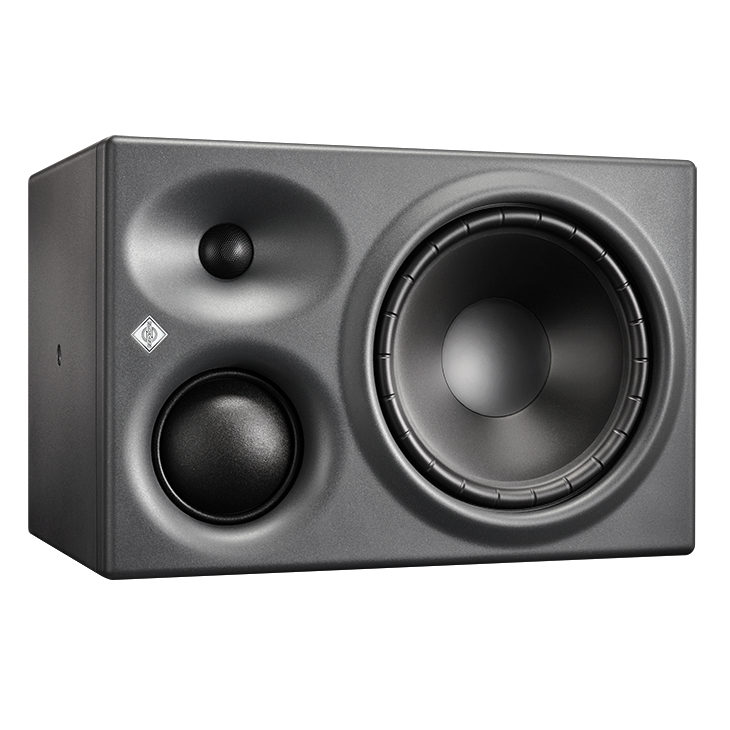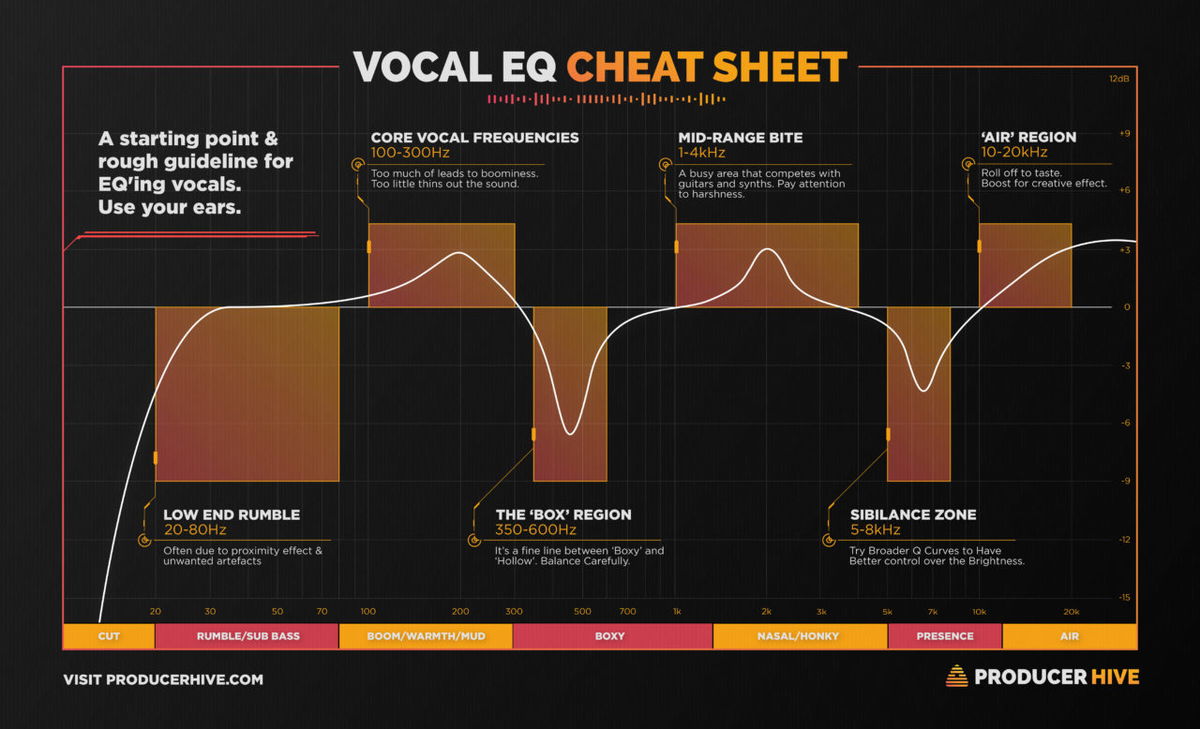https://en.wikipedia.org/wiki/Alignment_level
The
alignment level in an audio
signal chain or on an
audio recording is a defined anchor point that represents a reasonable or typical level. It does not represent a particular sound level or signal level or digital representation, but it can be defined as corresponding to particular levels in each of these domains.
For example, alignment level is commonly 0
dBu (Equal to 0.775 Volts RMS) in
broadcast chains and in professional audio what is commonly known as
0 VU, which is +4 dBu (equal to 1.227 Volts RMS) in places where the signal exists as
analogue voltage. Under normal situations, the "0VU" reference allowed for a headroom of 18 dB or more above the reference level without significant distortion. This is largely due to the use of slow responding VU meters in almost all analogue professional audio equipment which, by their design, and by specification responded to an average level, not peak levels. It most commonly is at −18
dB FS (18 dB below
full scale digital) on digital recordings for programme exchange, in accordance with
EBU recommendations. Digital equipment must use peak reading metering systems to avoid severe digital distortion caused by the signal going beyond
full scale or maximum digital levels. 24-bit original or master recordings commonly have alignment level at −24
dBFS to allow extra
headroom, which can then be reduced to match the available headroom of the final medium by
audio level compression. FM broadcasts usually have only 9 dB of headroom as recommended by the EBU, but digital broadcasts, which could operate with 18 dB of headroom, given their low noise floor even in difficult reception areas, currently operate in a state of confusion, with some transmitting at maximum level while others operate at a much lower level even though they carry material that has been compressed for compatibility with the lower dynamic range of FM transmissions.


